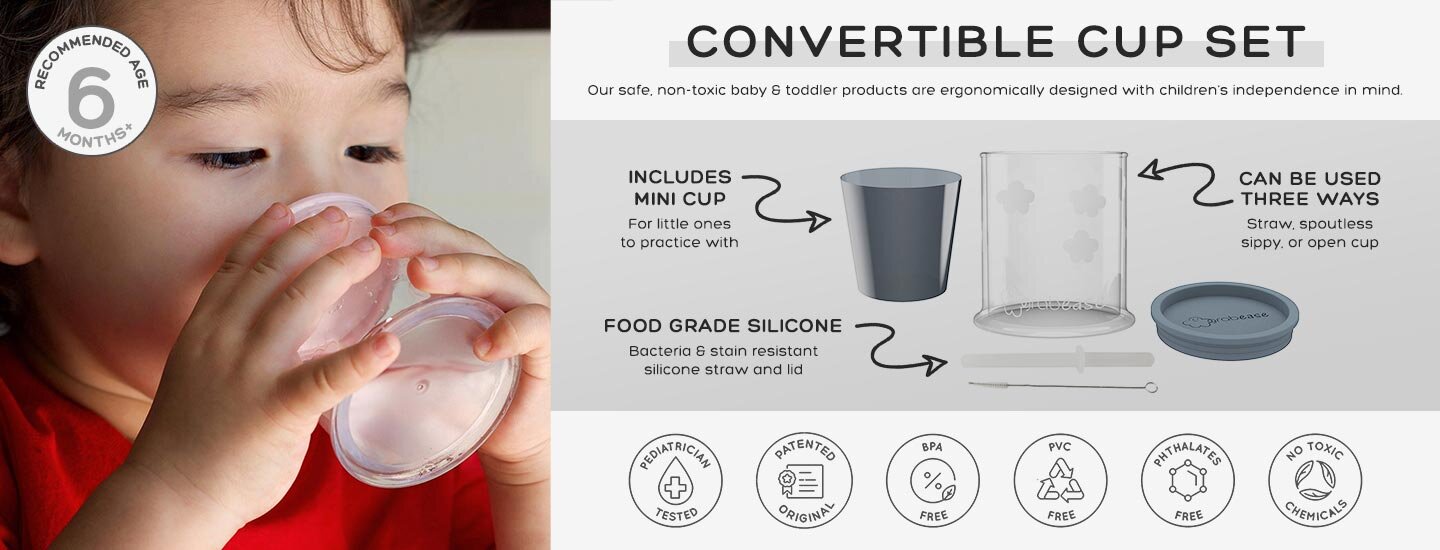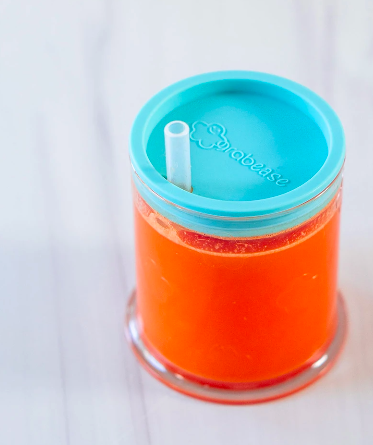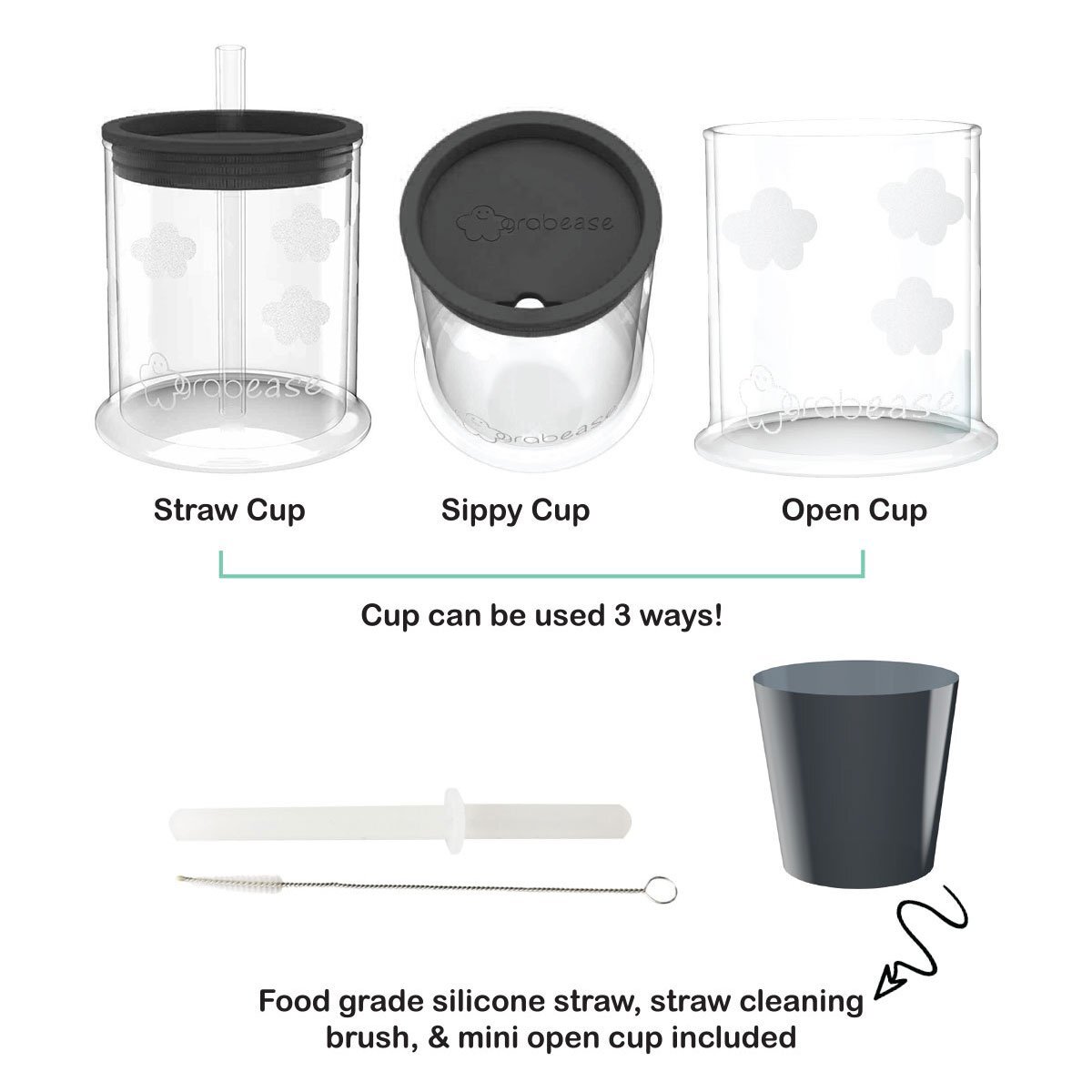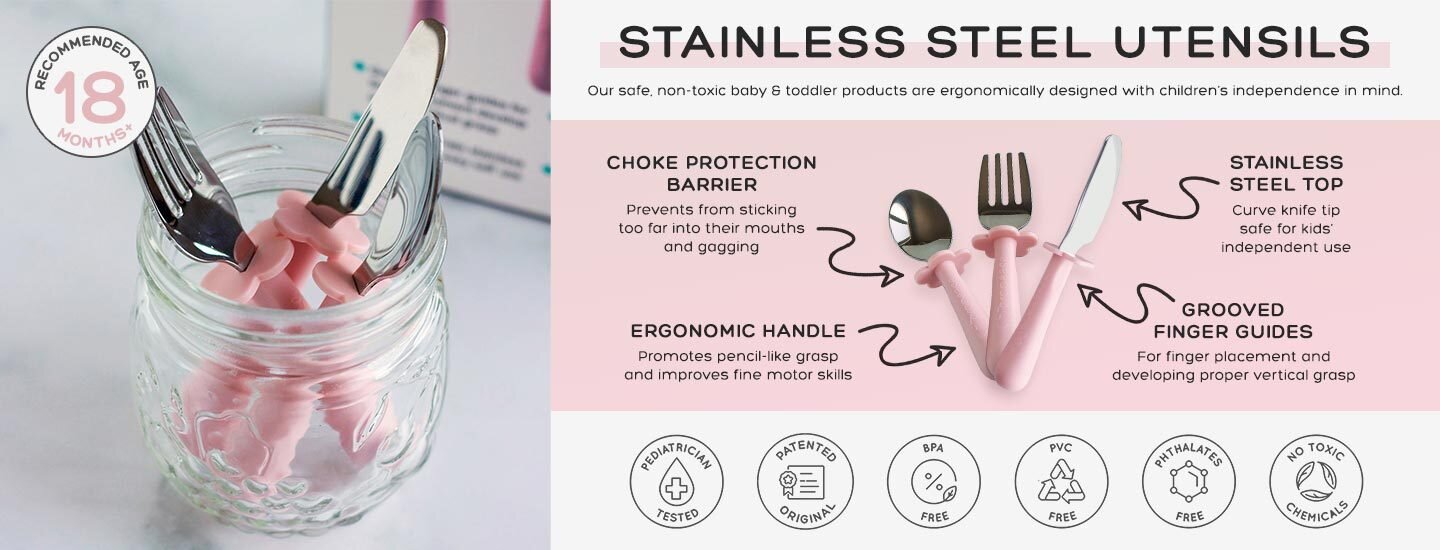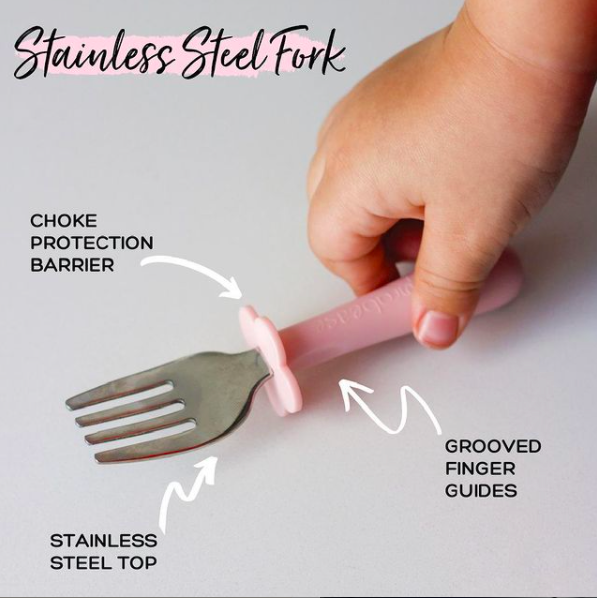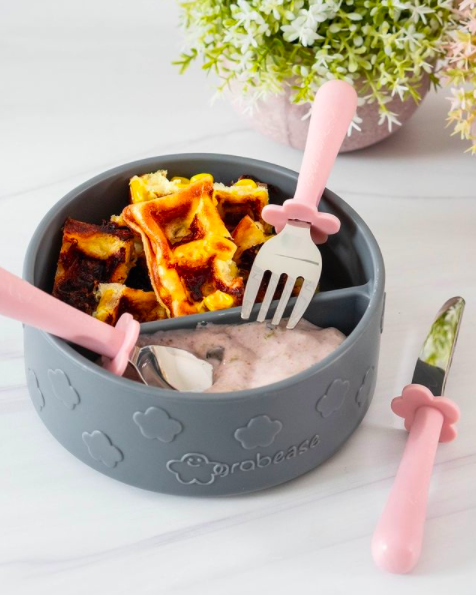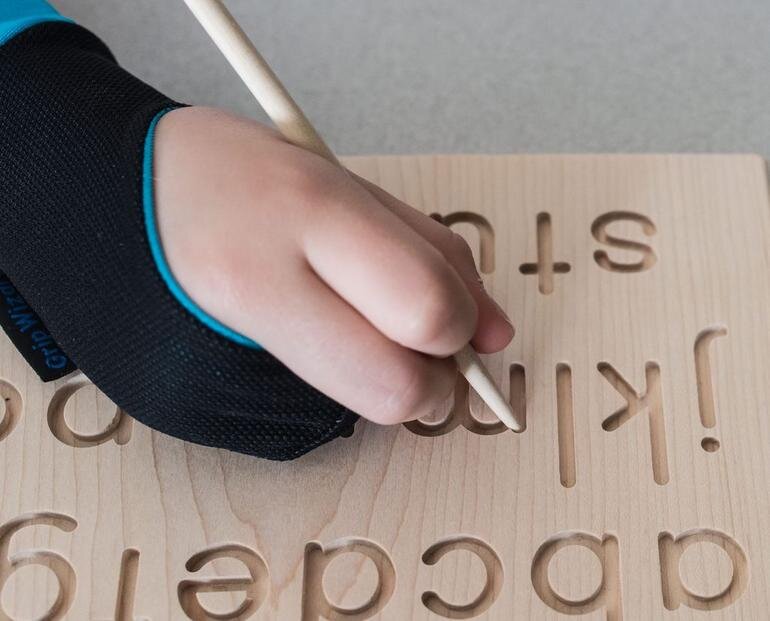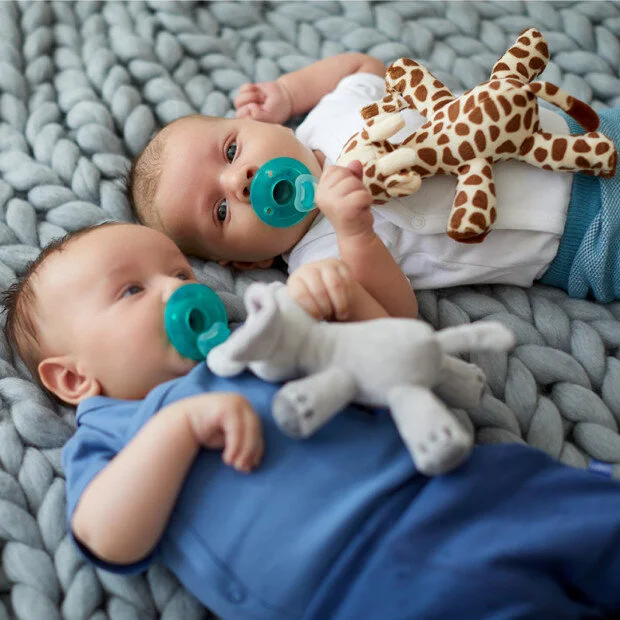Grabease 2021 new product: Big Kids Utensils Set and Cup Set
/You must know Grabease - the first infamous ergonomic utensils brand. After launching toothbrush, all-over bibs, and silicone bowl last year, this year Grabease has launched utensils set for bigger kids and sippy & straw convertible cup set. In this article we will give you a quick introduction about these 2 new comers.
Spoutless sippy & straw convertible cup set
Includes clear cup, silicone sippy lid, straw, cleaning brush & mini open cup
Grabease created a cup that offers 3 options of use, as we never know what will suit our little one best. Some do great with a straw, while others prefer sippy cups. Grabease cup set helps baby transition from one stage to another.
Grabease consulted with occupational therapists and feeding specialists to come up with the perfect cup with toddlers' perspectives in mind.
Clear cup is designed to allow baby to see what they are drinking. When your little one is able to see the liquid in the cup, visual feedback helps them understand that the liquid is pouring into their mouth as they tilt their cup. The textured pattern enhances grasp sensory awareness, and when your little one is able to see the liquid in the cup, visual feedback helps them understand that the liquid is pouring into their mouth as they tilt their cup.
The food grade silicone lid and straw are resistant to all bacteria, odors, and stains. Use the included straw cleaning brush to thoroughly clean the straw after use.
Product basic information:
Available colors: Teal, Blush, Gray
Suitable for 6+ months
BPA-free, phthalate-free, lead and pvc-free
Dishwasher safe.
Stainless steel fork, knife & spoon set
aka big kids utensils
As Grabease family grew larger, they were asked to develop the next stage of ergonomic utensils. Grabease 2.0 includes a thinner handle with grooved finger guides to encourage proper pencil-like grasp. The trio set includes a fork, spoon, and knife with a curved tip for safe self-use.
Grabease big kids utensils set is ergonomically designed to safely nurture independence in little ones ready to meet their next self-feeding developmental milestone. Using this set will also help strengthen their fingers while encouraging proper pencil grasp development. Recommended by occupational therapists and feeding specialists, Grabease utensils are the perfect learning tool for baby led weaning and beyond!
Product basic information:
Available colors: Teal, Blush, Gray
BPA-free, phthalate-free, lead and pvc-free
FDA-tested safe
Suitable for 18+months
Dishwasher safe.


